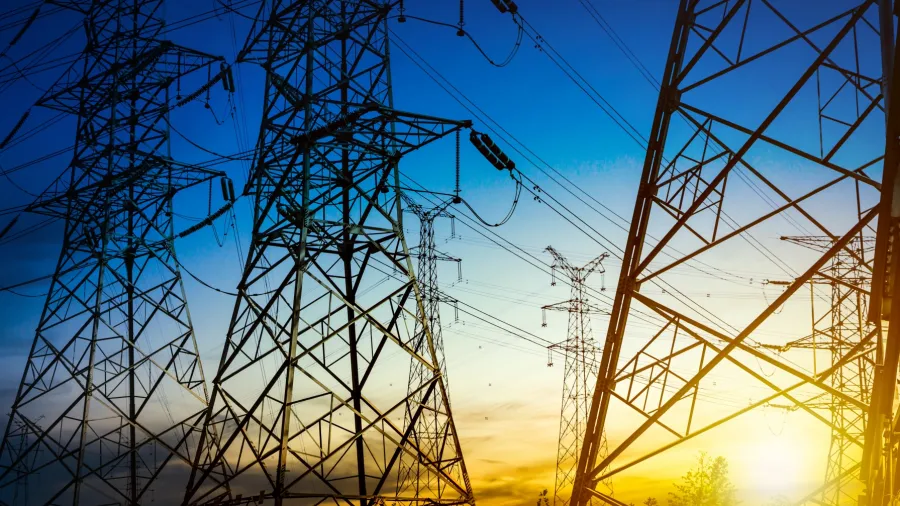
Singapore needs SEA neighbours to power renewable energy transition
Experts favour Malaysia and Indonesia as renewable energy import sources.
More often than not, Southeast Asian nations turn to Singapore for assistance with development initiatives. However, the dynamics shift in the context of energy transition, where Singapore’s progress heavily depends on its neighbours.
Ember, an independent global energy think tank, emphasised that for Singapore to decarbonise its power sector, meet its net-zero goals, and improve its energy security, it will need a diversified mix of renewable energy (RE) sources.
“Diversification of renewable energy sources would help Singapore to double its renewable import capacity to be on track with a net-zero power sector goal by 2045,” Dinita Setyawati, senior electricity policy analyst for Southeast Asia at Ember, told the Singapore Business Review.
At present, Singapore only has 0.2 gigawatts (GW) of low-carbon imports, according to Robert Liew, director, APAC power and renewables research at Wood Mackenzie, a global provider of data and analytics for the energy transition.
Liew, however, noted that with the Energy Market Authority's (EMA) conditional approval of 4.2 GW of projects, Singapore is still on track to achieve its goal of having low-carbon electricity make-up of 30% of its supply by 2035.
Once Singapore achieves its 2035 target, its power emissions could drop by 10% from 2023 levels, said Liew.
Although Singapore is on track to achieve its target, Setyawati emphasised that the nation must increase its ambitions for renewable energy imports, not only to meet the International Energy Agency’s (IEA) net-zero power sector emissions (IEA NZE) milestones but also to significantly reduce its per capita power sector emissions, which are almost five times higher than the average amongst Southeast Asian nations.
Should Singapore align with the IEA’s NZE milestones, it will be able to cut its per capita power sector emissions between 2022 and 2035 by 52% to 58%.
To achieve the IEA NZE milestones, the global energy think tank said Singapore will need 8.1 GW of renewable electricity import capacity by 2035 and 16 GW by 2045.
Best bet
Neighbouring countries that Singapore has already tapped for renewable energy sources include Lao PDR, Thailand, Malaysia, Indonesia, Cambodia, and Vietnam.
Amongst these markets, Wood Mackenzie said Malaysia would be the cheapest to import from. “This is largely because of the distance between the countries where Malaysia is nearer than Indonesia, which is helping to bring down the costs of interconnectors between the countries,” Lim Jia Liang, power analyst at Wood Mackenzie, said.
From Malaysia, Singapore could import solar from Peninsular and hydropower from Sarawak. Indonesia is also a good option for Singapore for solar energy as it also requires “less transmission investments.”
Using Indonesia and Vietnam as basis, Setyawati said Singapore will need to invest US$51b-US$66b to import 14 GW of wind and 17 GW of solar energy by 2035 and align with the IEA NZE milestone.
“This budget would cover the construction and operation of wind and solar power facilities, which would be broken down into smaller, manageable projects,” Setyawati said.
Should Singapore solely import wind, it must invest US$64b-US$100b to acquire 36 GW from onshore and offshore farms.
If Singapore opts for an exclusive solar energy strategy, it would need US$40b to set up and run solar power plants of 28 GW capacity. Setyawati underscored that the figures she gave “do not include transmission costs or the wheeling charges paid to the countries involved.”
When looking at most resource-rich countries, Thailand stands out for solar energy, with an untapped potential of 10,522 GW, followed by Myanmar (7,716 GW), and Cambodia (3,197 GW).
For wind power, Myanmar is the most resource-rich, with an untapped potential of 479 GW.
For hydropower, which Singapore does not have resources for, India and Indonesia could be candidates for imports given their untapped potential of 75 GW and 59 GW, respectively.
Interconnectedness
To better facilitate imports of renewables between countries, however, there must be an existence of regional power grids, which Setyawati said is critical to building “secure, safe and decarbonised power systems.”
“Regional cooperation, grid infrastructure and renewable energy projects are absolutely important,” the expert said.
“How fast Southeast Asian neighbours can adopt clean power, and how much investment can be leveraged will ultimately alter Singapore’s energy future,” she added.
Ember, in its report, said the energy integration in Southeast Asia remains at a “nascent stage,” with the first multilateral power integration project in the region, the Lao PDR-Thailand-Malaysia-Singapore Power Integration Project (LTMS-PIP), only commencing in 2022.
Other integration plans which are underway include the Brunei Darussalam-Indonesia-Malaysia-Philippines Power Integration Project (BIMP-PIP) and a cross-border solar project involving Australia, Indonesia and Singapore.
“Grid interconnections allow renewable energy resources to be distributed evenly, spreading the economic and security benefits of energy access at the regional level. But most importantly, it will also secure Singapore’s access to energy against future uncertainties,” Ember said in its report.

















 Advertise
Advertise






